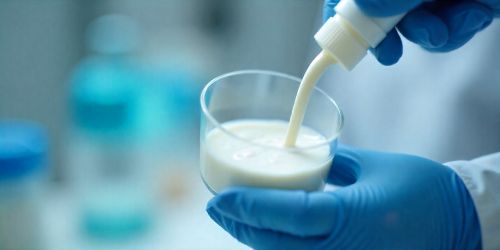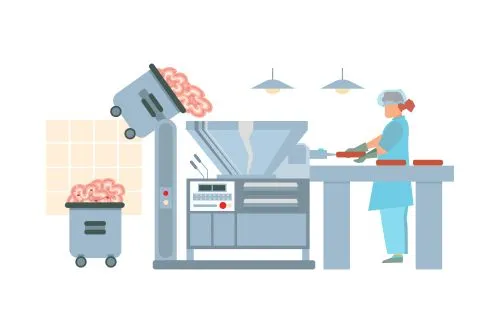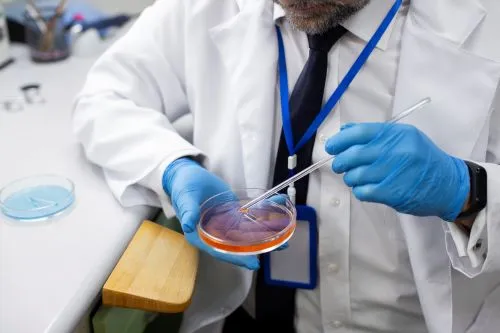545

Quality control in the dairy industry is essential for ensuring compliance with European standards and protecting the final consumer. Each stage — from collection, transport, and storage to final processing — is subject to rigorous checks of physicochemical, microbiological, and organoleptic parameters.
Among the indicators constantly monitored are: total germ count (TGC), fat and protein content, degree of acidity, density, and the presence of inhibitors or antimicrobial substances. Modern laboratories use standardized methods, including infrared spectroscopy (IR) analysis and rapid ELISA testing systems for antibiotic detection.
In automated facilities, quality control is integrated into the technological flow through continuous sampling and automatic reporting. ERP systems and specialized software allow batch traceability and correlation of quality parameters with production data.
According to the Ministry of Agriculture and Rural Development (MADR), 98% of the milk processed industrially in Romania comes from controlled sources, and over 80% of processors use in-house laboratories or partnerships with RENAR-accredited labs. Compliance with IFS, ISO 22000, or BRC standards involves external audits and complete documentation for every stage of the process.
Rigorous quality control not only reduces the risk of product recalls but also strengthens the confidence of distributors and retailers, enabling expansion into international markets. Looking ahead, the full digitalization of the control chain and the use of artificial intelligence for anomaly detection will become integral parts of modern milk processing.
(Photo: Freepik)





